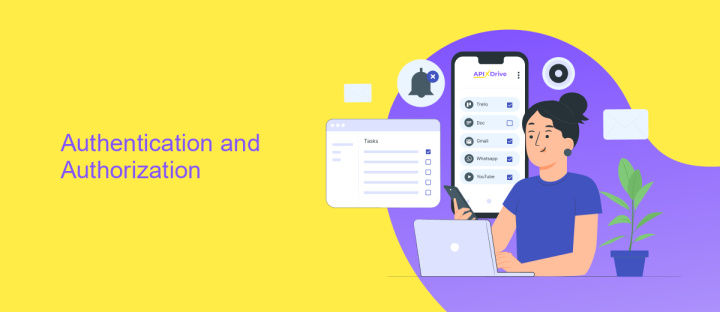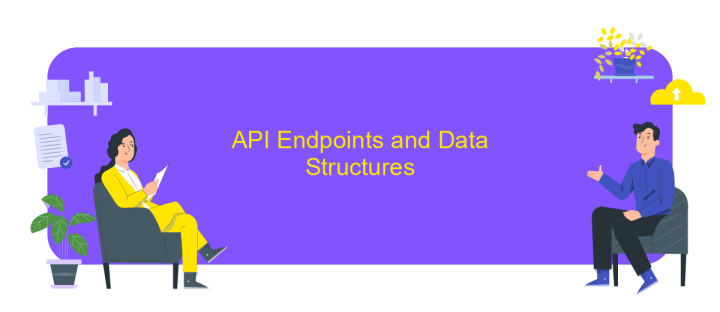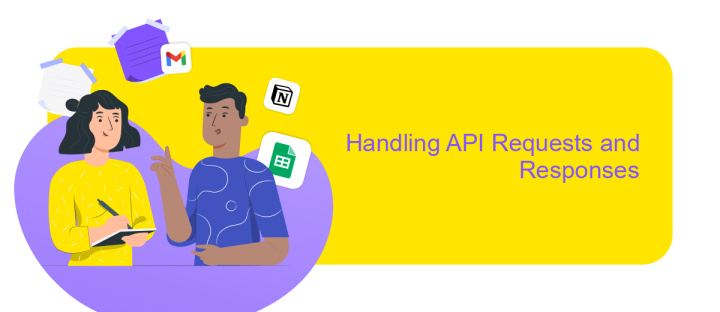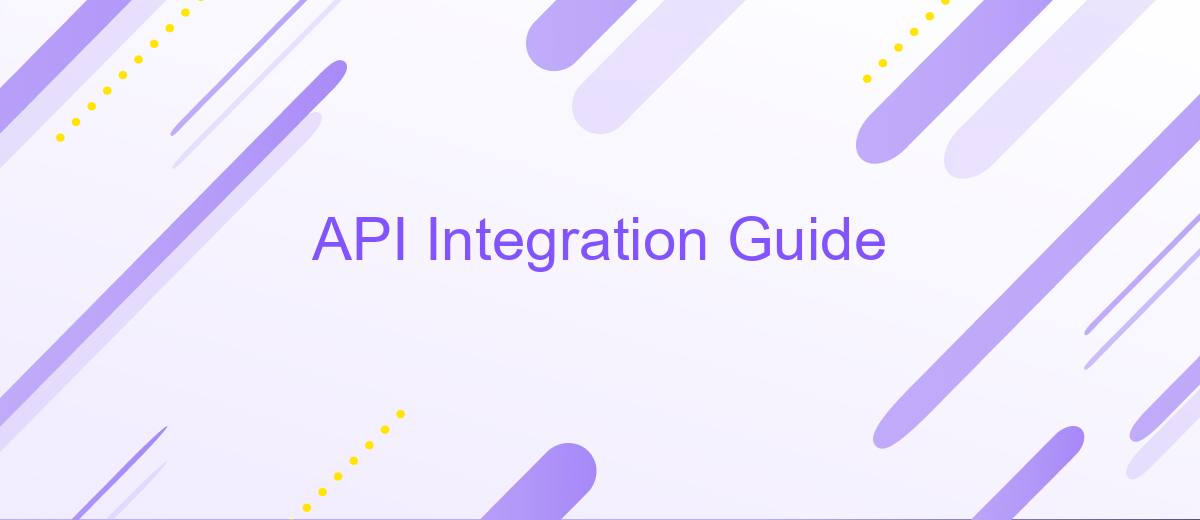API Integration Guide
In today's digital landscape, API integration has become a cornerstone for seamless connectivity and efficient data exchange between applications. This guide aims to provide a comprehensive overview of API integration, exploring its benefits, challenges, and best practices. Whether you're a developer or a business leader, understanding how to effectively integrate APIs can unlock new opportunities for innovation and streamline your operations.
Introduction to API Integration
API integration has become a cornerstone in modern software development, enabling diverse applications to communicate and share data seamlessly. By connecting different software systems, APIs facilitate the exchange of information, enhancing functionality and user experience. This process not only streamlines operations but also opens new avenues for innovation and efficiency. Understanding the fundamentals of API integration is crucial for developers aiming to create robust, scalable, and flexible applications.
- Facilitates seamless communication between different software systems.
- Enables the exchange of data and functionality across platforms.
- Enhances user experience by integrating diverse services.
- Supports innovation by allowing developers to build on existing technologies.
Incorporating API integration into your development process can significantly improve the capabilities of your applications. Whether it's integrating payment gateways, social media platforms, or cloud services, understanding how to effectively implement APIs is essential. As technology continues to evolve, mastering API integration will remain a valuable skill, ensuring that your applications can adapt to the ever-changing digital landscape.
Authentication and Authorization

Authentication and authorization are critical components in ensuring secure API interactions. Authentication verifies the identity of a user or system, while authorization determines what resources they can access. To implement authentication, APIs often use methods like API keys, OAuth tokens, or JWTs (JSON Web Tokens). These mechanisms ensure that only valid users can interact with the API. OAuth, in particular, is a popular choice for third-party integrations, allowing users to grant access without sharing their credentials.
For seamless integration, services like ApiX-Drive can be invaluable. ApiX-Drive simplifies the authentication process by providing a user-friendly interface for managing API connections. It supports multiple authentication methods, allowing businesses to connect various applications effortlessly. Once authenticated, ApiX-Drive ensures that your data flows securely between systems, adhering to predefined authorization rules. This not only enhances security but also streamlines the integration process, enabling businesses to focus on leveraging their data effectively.
API Endpoints and Data Structures

In the realm of API integration, understanding endpoints and data structures is crucial for seamless communication between systems. API endpoints serve as specific touchpoints where requests are made and responses are received. They define the path to access various resources or services within an API. Each endpoint is designed to handle specific operations, such as retrieving data, updating records, or deleting entries. The structure of the data exchanged through these endpoints is equally important, as it dictates how information is formatted and interpreted by both the client and server.
- GET /users: Retrieve a list of users, returning data in JSON format.
- POST /users: Create a new user by sending user details in the request body.
- PUT /users/{id}: Update existing user information using their unique ID.
- DELETE /users/{id}: Remove a user from the system by specifying their ID.
Data structures in API integration often utilize JSON or XML formats, ensuring data is exchanged in a structured manner. JSON is favored for its lightweight nature and ease of use, allowing for efficient parsing and manipulation. Understanding these elements is essential for developers to effectively implement and maintain robust API integrations, ensuring data integrity and operational efficiency.
Handling API Requests and Responses

When working with APIs, managing requests and responses efficiently is crucial for seamless integration. To start, ensure that your request headers include necessary authentication tokens and content types. This helps in maintaining secure and well-structured communication with the API server.
Once the request is sent, it's important to handle the API response effectively. Responses usually contain status codes and data, which should be processed correctly. Always check the status code to determine if the request was successful or if there were any errors.
- 200-299: Success - The request was successful and the server returned the expected data.
- 400-499: Client Error - There was an error with the request, such as invalid parameters.
- 500-599: Server Error - The server encountered an issue and could not process the request.
By implementing proper error handling, you can ensure that your application responds gracefully to API errors. Additionally, logging request and response details can aid in debugging and improving your API integration over time. Remember, thorough testing is key to a robust API integration strategy.


Best Practices and Troubleshooting
When integrating APIs, it's crucial to follow best practices to ensure seamless connectivity and functionality. Start by thoroughly reviewing the API documentation to understand endpoints, authentication, and rate limits. Consistently validate data formats to avoid errors during transmission. Implement robust error handling to gracefully manage unexpected responses or failures. Using tools like ApiX-Drive can streamline the integration process by offering pre-built connectors and automation features, reducing manual coding efforts and ensuring a smooth setup.
Troubleshooting API integrations often involves diagnosing connectivity issues, authentication failures, or data mismatches. Begin by checking network configurations and ensuring that all API credentials are correctly set. Utilize logging and monitoring tools to track requests and responses, identifying any anomalies. If issues persist, consult community forums or the API provider's support for insights. ApiX-Drive can be particularly helpful in this phase, as it provides detailed logs and error reports, aiding in quick identification and resolution of problems.
FAQ
What is an API and why is it important for integration?
How can I get started with API integration?
What are the common challenges in API integration?
How do I ensure data security during API integration?
Can I integrate APIs without technical expertise?
Apix-Drive is a universal tool that will quickly streamline any workflow, freeing you from routine and possible financial losses. Try ApiX-Drive in action and see how useful it is for you personally. In the meantime, when you are setting up connections between systems, think about where you are investing your free time, because now you will have much more of it.

